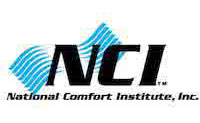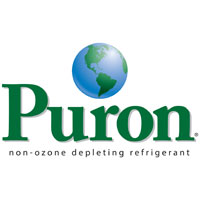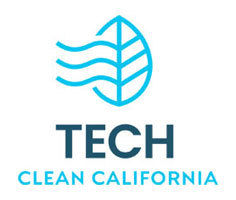Some parts of America have recently been experiencing extremely cold air due to a weather phenomenon that weather experts refer to as a polar vortex. Consequently, this has led to in an increase in the demand for heating fuels, resulting in higher heating costs. For example, the price of propane has doubled in the Midwest as consumers scramble to keep their homes warm this winter. Natural gas prices have also increased significantly in the Northeast.
According to figures from the Energy Information Agency, up to 90% of America’s 116 million homes will receive high heating bills over the course of this winter. People who use natural gas can expect to part with $665, which is about a 13% increase compared to the same period last year. In other words, it is likely to have a significant financial impact on about 50% of American homes that rely on natural gas for space heating.
People who use electricity to heat their homes will have to cough up at least $914 while the heating bill for propane gas users will, on average, amount to about $1,666. Finally, homeowners who use heating oil will pick the highest home heating tab this winter of about $2,114. You would expect the cost of heating your home to be falling down given advances in energy production and distribution.
Even worse, your energy bill is likely to remain high for the rest of year. This is because whenever you increase your thermostat’s setting by a single degree, your energy bill will increase by three percent. Unfortunately, turning down your thermostat could also lead to problems, for example, frozen water pipes.
Fortunately, you can take some steps to prevent your water pipes from freezing whilst keeping your energy bill low. To start with, you should open your faucets a little bit to allow some water to drip in winter. Secondly, if the pipes beneath your kitchen faucet are accessible via cabinet doors, open them to allow circulation of warm air. Thirdly, invest in a new and more energy efficient furnace. Unlike old furnaces, modern furnaces convert as much as 97% of fuel into heat energy, which means only a paltry three percent of fuel goes to waste. The cost of an energy efficient furnace ranges anywhere from $2,500 to $14,000. Nevertheless, you will recoup much of your investment over time.
Besides installing new furnaces, insulating your home as well as weather stripping doors and windows can improve your home’s ability to retain heat. Most importantly, you should hire a professional HVAC technician to carry out a thorough energy audit and help you determine savings associated with upgrading an old furnace. The amount of money that you will save by installing a new furnace depends on factors such as fuel cost, furnace efficiency, and your home’s heating load.













